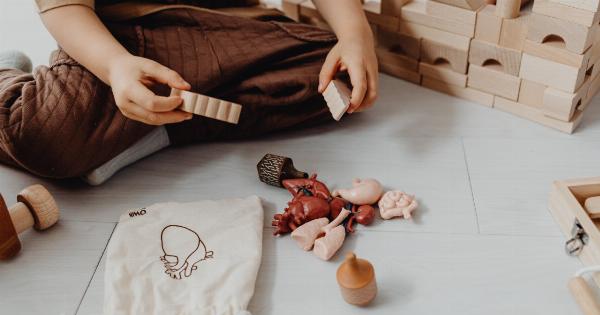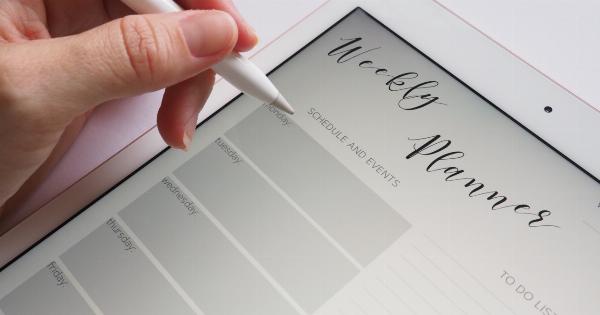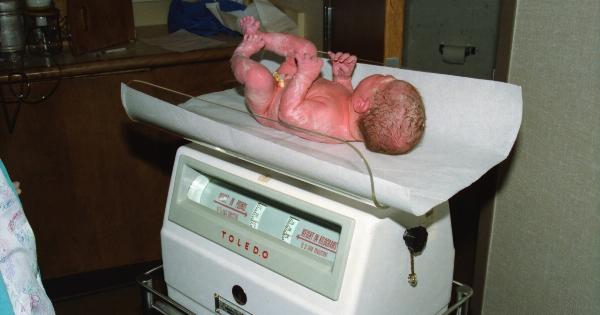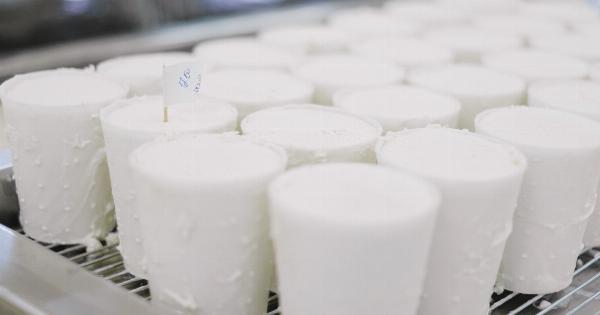Bottle-feeding is a common practice in modern-day parenting and it has become a necessity for many parents. Whether you are using a bottle to supplement breast milk or formula feed, it is important to know how to do it the right way.
Here are some quick-fix tips to ensure success with bottle-feeding and your baby’s good health:.
1. Choose the right bottle
The first step is to choose the right bottle that works for both you and baby. The market is flooded with a variety of bottles, so it’s important to evaluate the options based on your needs.
The factors to consider include the nipple size, bottle material, and the flow rate. Ensure that the nipple size matches your baby’s age, and choose a bottle that is easy to clean and maintain.
2. Follow the right formula preparation guidelines
If you are formula feeding, then knowing how to prepare the formula the right way is important. Follow the preparation guidelines on the formula packet and make sure that the water is at the right temperature.
Use the measuring scoop that comes with the package to ensure you’re using the right amount of formula. Mix the formula with water, shake well, and ensure that there are no clumps or bubbles.
3. Practice good hygiene
Good hygiene is important when using a bottle to feed your baby. Ensure that you wash your hands before handling the bottle, and always clean the bottle thoroughly after each use.
Use warm water and baby-safe detergent to wash the bottle, nipple, and bottle brush. Air-dry the items or use a sterilizer.
4. Use the right feeding position
The right feeding position is important for both you and your baby’s comfort. There are a variety of positions to choose from, but the most popular ones are cradle hold and football hold.
The cradle hold involves holding the baby in your arms with their head resting on your elbow, while football hold involves holding the baby under your arm like a football.
5. Avoid overfeeding your baby
It’s important to avoid overfeeding your baby when using a bottle. Babies have a natural instinct to suck, even when they are not hungry. Avoid forcing your baby to finish the bottle when they are full, and watch out for signs of discomfort.
6. Burp your baby after each feeding
Burping is important to help release any air trapped in your baby’s tummy during feeding. Hold your baby upright with their chin on your shoulder, and gently pat their back until they burp. If you don’t get a burp after a few minutes, try again later.
7. Watch out for feeding cues
Watch out for your baby’s feeding cues, as they will tell you when they are hungry. These cues may include smacking lips, sticking out their tongue, or putting their hands to their mouth.
Avoid waiting until your baby is crying to feed them, as this may make it difficult for them to latch onto the nipple.
8. Keep your baby semi-upright during feeding
Keeping your baby semi-upright during feeding can help prevent choking and ear infections. This position helps the milk flow into the stomach without pooling in the mouth or nose, reducing the risk of choking.
Moreover, it helps prevent ear infections by allowing the milk to flow downward instead of entering the eustachian tubes.
9. Don’t forget to switch sides
If you switch sides, it helps avoid favoring a particular side and helps in proper development of the baby. Moreover, feeding from each breast helps prevent infection and clogging by encouraging milk ducts to drain from all angles.
10. Seek advice from a lactation consultant or medical expert
If you face issues with bottle-feeding your baby, feel free to seek advice from medical experts or lactation consultants. They can provide guidance on proper positioning, latching technique, and a variety of other issues.




























